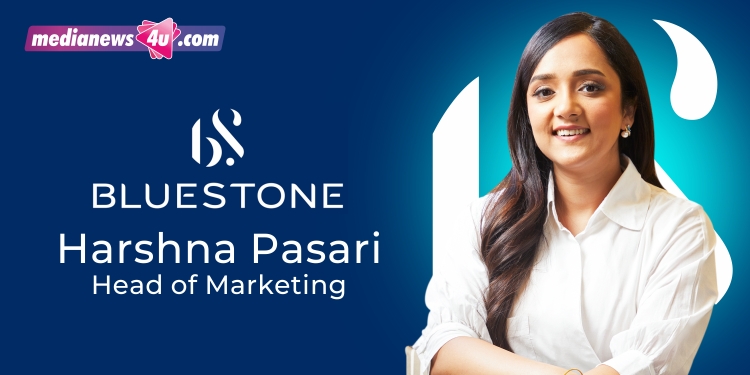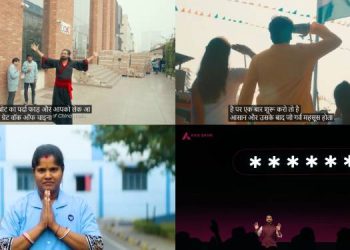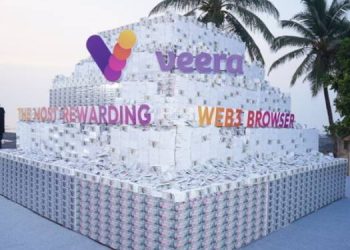BlueStone started operations in 2011. Can you trace the brand’s evolution since inception?
You were almost made to feel lesser if you don’t buy anything and get out of the jewellery store. Also, there was always very limited inventory in traditional stores. So we thought why not create a whole host of different designs – because every woman’s style is different. Modern jewellery was something women were not even aware of – what the trending styles are, what will suit me, what is my personal style… Women were not very aware. It started off with that idea of giving a lot of variety and giving the convenience of shopping from home. What we realised was that people loved the concept.
With e-commerce coming into play, even when we are buying apparel or grocery, we are spending time browsing products. But, in this category, what was different was it was a high value category. There was trust involved. Hence brick and mortar or offline stores, and also for the touch and feel of how this piece of jewellery will look on me, even if it’s looking good on the website or the app. So, understanding consumers’ interests and insights, what we realised was that we had to go omnichannel and we started opening stores.
In 2018, we opened our first store in Delhi and today we are at over 170 stores in more than 70 cities in India and we also have a try-at-home. So, we try to give the whole experience all across with the website, the app, the try-at-home experience and over 170 stores.
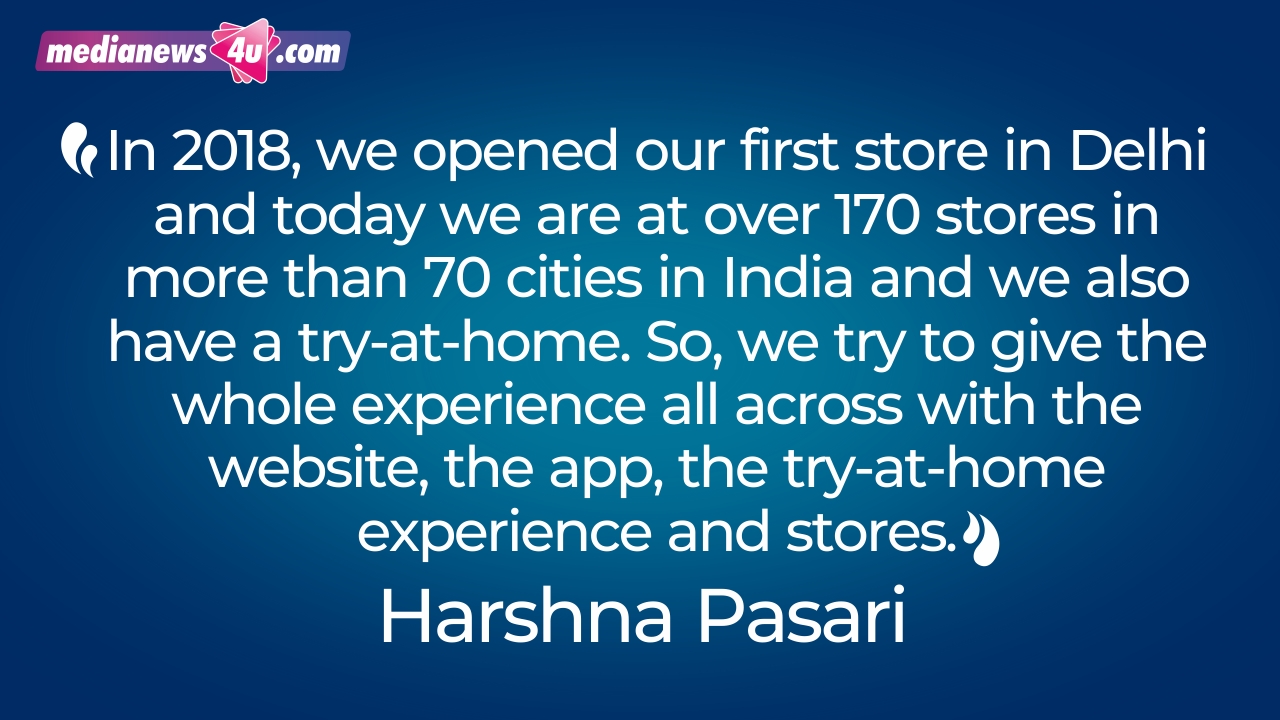
From earrings, rings and pendants to gold coins, bangles and solitaires, the brand has a varied portfolio. Which of the categories is most popular?
We have everything from necklaces to pendants, earrings, rings… Anklets is a new category. Apart from that we have men’s jewellery, kids’ jewellery, chains, brooches and maang tikkas. One of the very innovative categories and my favourite is watch jewellery. It is something like a small trinket that you can add to your smartwatches and this is something we launched last year with our brand campaign ‘Love is in the Little Things.’ What we realised was that our customers are cosmopolitan, they are very tech-savvy, young, modern and most of the people are wearing smartwatches. So why let go of that? If they want to flaunt their jewellery, why not accessorise the watch with a small trinket?
Our top categories continue to be rings, earrings and bangles. When I talk about my TG, they are working, they are going to parties and rings and earrings are used much more. Bangles, necklaces, pendants also do quite well.
Who is the typical BlueStone customer? Is the TG different / younger from the typical jewellery buyer?
Traditionally, jewellery was bought by parents and in-laws. With people moving out of their hometowns and a lot of younger couples moving for work to other cities, they want a trusted national brand because they can’t go back to their family jeweller. Our customers are mostly cosmopolitan, they are young. The average age starts at around 25 and goes up to 45 to 50 years. They are modern. They don’t want jewellery which is kept in the lockers, they want to flaunt it as a statement of style. They want different jewellery just like they have different wardrobes for clothes, they want different jewellery for different occasions. They need modern designs and BlueStone gives them a whole lot of variety of modern designs. They understand that the jewellery that was traditionally bought during weddings is too heavy to be worn otherwise; you use it only a few times in your lifetime. They also understand that it is better to invest in everyday jewellery rather than heavy jewellery.
Does the BlueStone customer profile vary between offline and online?
BlueStone is a truly omni-channel company and we don’t differentiate between customers or sales online and offline because when we talk about our cosmopolitan, modern TG 25 to 50 year-olds, they are really very comfortable online. Having said that, similar to other high-value categories, there is an experience involved with offline. Most of our customers are also omni-channel where they are interacting with brands including ours online as well as offline. We have a lot of customers who walk into our stores after wishlisting or adding to carts saying they like a product and ask for the same or a similar product. Or otherwise when customers walk into a store, they sometimes ask to see what we have in our app as well. It’s a very smooth transition between online and offline. It’s about the customer and it’s about the brand, it’s not about the where and when.
What are the geographies your stores are present in?
We are somewhere between 170 to 175 stores. We are opening new stores every few weeks. We are divided across regions. We are in almost all states. In bigger cities we have more stores, like Bengaluru, Mumbai, New Delhi because the population is such. When it comes to tier-1 and tier-2 cities, we have one or two stores per city.
We don’t differentiate region-wise unlike traditional jewellery brands, most of which cater to aesthetics and sensibilities of a region. Our customers being modern, people from all regions want modern designs when it comes to jewellery or even other categories like apparel or shoes. It’s about catering to the style needs of modern Indians.
What is the share of your online and offline sales?
Sales are majorly from offline. Having said that, a majority of the journeys of customers start online. They start with browsing the products online and then they walk into the store. When it comes to our older customers, repeat sales happen more online as well.
We look at overall sales; the touchpoint the customer is buying from doesn’t matter.
With the ecosystem being flooded with many jewellery brands, how is BlueStone differentiating itself and creating consumer trust in the market?
The DNA of BlueStone is very, very different from traditional jewellers. Let’s talk about a traditional jewellery brand ad. What you see is Sanjay Leela Bhansali (kind of) sets, people are clad in heavy gold jewellery from top to bottom, you can hardly see the women and they are wearing very traditional clothes. If you see our ‘Love is in the Little Things’ ad, what we are showing is a young woman running in a marathon. Who would have thought of a jewellery brand ad being shot on a marathon set! She is like any young woman and she runs a marathon comfortably and finishes it. Then she is looking out for someone and you see her husband struggling towards the finish line. That also shows the power dynamics here – the man and woman in the relationship are equal. That’s what mostly happens in young, modern couples. So, that’s the differentiating factor for BlueStone – we are catering to the TG that wants a change in this whole category.
They want wardrobe jewellery and that is backed by our design-led approach. We are a very tech-driven brand. We use tech for every aspect from design to the delivery process. All our designs are conceptualised and manufactured in-house. Our price points are more affordable. We also have high price points but there’s an option to go for a lower price point. These are all very different from what traditionally jewellers have been doing.
What is the highest selling price point?
The highest selling price point goes up to Rs.8 to 10 lakhs and we are also increasing the products in the higher price ranges. Solitaires go up to even Rs.50 lakhs. There are a lot of options. It starts off at Rs.5,000 and goes up to Rs.20 to 30 lakhs. That’s a huge range and when I say there’s something for everyone, that’s what I mean – whether it’s price point, design, material. We have a lot of interesting new collections which have enamel or coloured gemstones in a very modern way. Gemstones, of course, traditionally have also been there but the interpretation of our designs are very, very young and modern. We capture ongoing trends and that’s what differentiates our products. That is the core differentiating factor for us because the products are so different and unique as compared to the cluttered traditional jewellery offerings.
The brand is also into kids’ jewellery. How is that vertical faring and how much does it contribute to the total sales?
Kids’ jewellery is really loved by customers. The kind of designs that we have – a lot of colourful and small pieces that kids can enjoy with different characters and different types of designs. It is doing well and expanding.
Men’s jewellery is something that is really growing for us. In the last year or so, we have really been increasing products in the men’s category and clearly men are loving it. The options are limited if men want to accessorise themselves when it comes to fine jewellery. We have a lot of interesting steel bracelets, we have chains, earrings, cufflinks, rings, band rings.
Having said that, women’s jewellery is the largest chunk of the sales.
Tell us about your recent campaigns ‘Love is in the Little Things’ and ‘Big Gold Upgrade.’
In ‘Love is in the Little Things,’ the idea was to say that romance is not always about grand gestures and proposals and celebrating just big birthdays and anniversaries. It can be small moments that can reignite the romance through small pieces of jewellery. The product innovation was the biggest highlight for me in this campaign. Watch jewellery is something which is very very unique and people loved it. Whether it was searches on watch jewellery or sales, it really kind of shot through the roof after we started this campaign.
In May, we started the ‘Big Gold Upgrade’. This was a very unique offer, kind of never heard of earlier in the industry. If you bring in your old gold, we give you an upgrade in the caratage of gold. So, if you bring in x grams of 18K gold, we will give you the value of 22K gold.
Customers believe in the investment value of gold. We are actually adding a lot more value to your gold. The campaign was also about adding emotional value because gold jewellery to Indian women has been very close to their hearts. It’s something which has an emotional value. There’s something related to that moment, that occasion when you bought this jewellery or when someone gifted it to you. So, the ad film also talks about ‘Kyun na hum apni taraf se thoda pyar mila dein?’. So, it was about upgrading the emotional value as well as the monetary value of your gold.
Tell us about the marketing approach of BlueStone, by media.
We are a very tech-driven company. Online and digital is our backbone and DNA. Online and digital marketing is always on, we focus very heavily on it. Having said that, we realised traditional or offline marketing is equally important for a brand. It adds to more frequency, additional reach and touchpoints. Digital and online is our core, it will continue to be. We do add layers of offline media in spurts.
For ‘Love is in the Little Things,’ we went on TV, we used print, we used outdoor and in-cinema. For ‘Big Gold Upgrade,’ we went for audio ads, TV, did in-cinema and some print as well. When it comes to brand campaigns, we go for traditional offline mediums but for lower funnel, online is always on and will always be important for us. Within online, we do a lot of video, which is also extremely important for us.
Is there a measure of loyalty? A rewards programme? What is the kind of repeat purchase in the category and for BlueStone?
Our repeat customers are very high, the percentages are quite high.
Loyalty is an important part. We are working on getting the right kind of loyalty programme because there is a lot of clutter when it comes to loyalty programmes. A bit of research I did, most people say that they are part of loyalty programmes that they are not even aware of. There are rewards and points being given every now and then by credit cards, hospitality and others. But they don’t know what to do with it because it is so complicated.
We are also trying to understand consumer insights on what would be the right kind of loyalty programme.
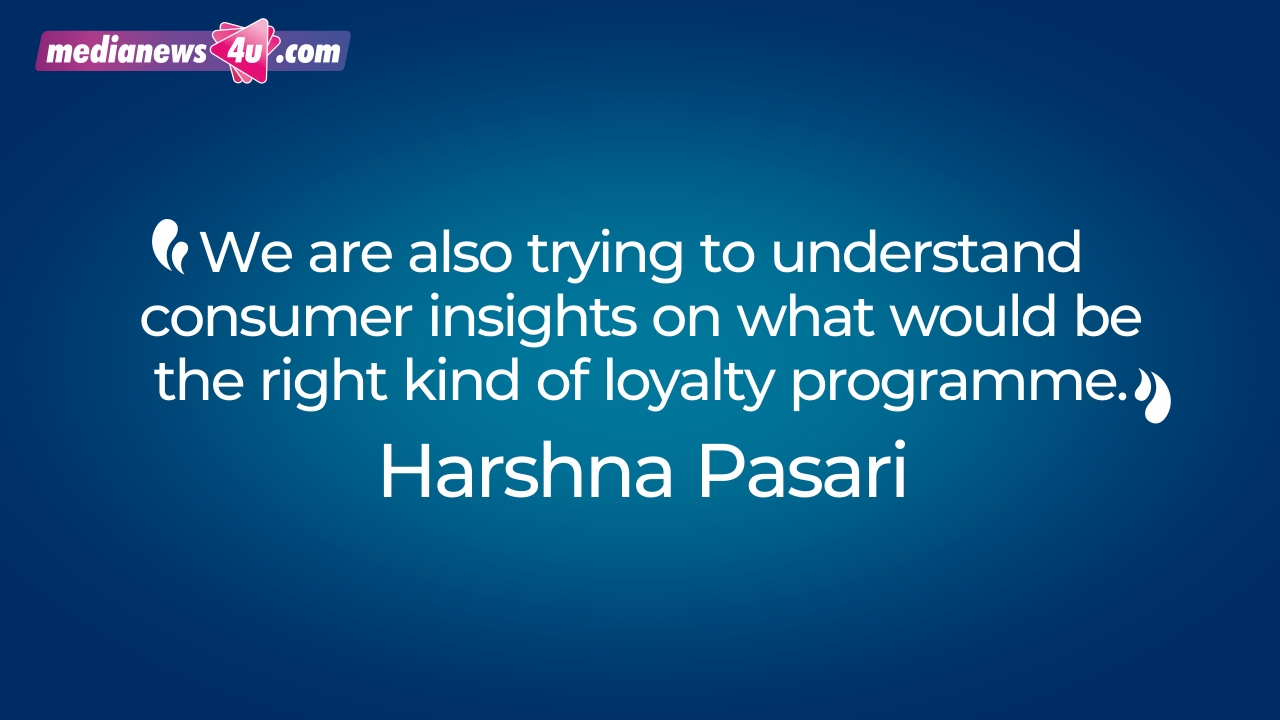
Is the mindset of looking at jewellery as investment changing?
I think it is changing to some extent. I might not be buying it thinking that this a big chunk of investment in my life (talking from a customer’s point of view), but it is something that I will be involved in while making a purchase decision – it’s still close to my heart. Investment not just in monetary terms but emotional terms continues to be there when it comes to jewellery.
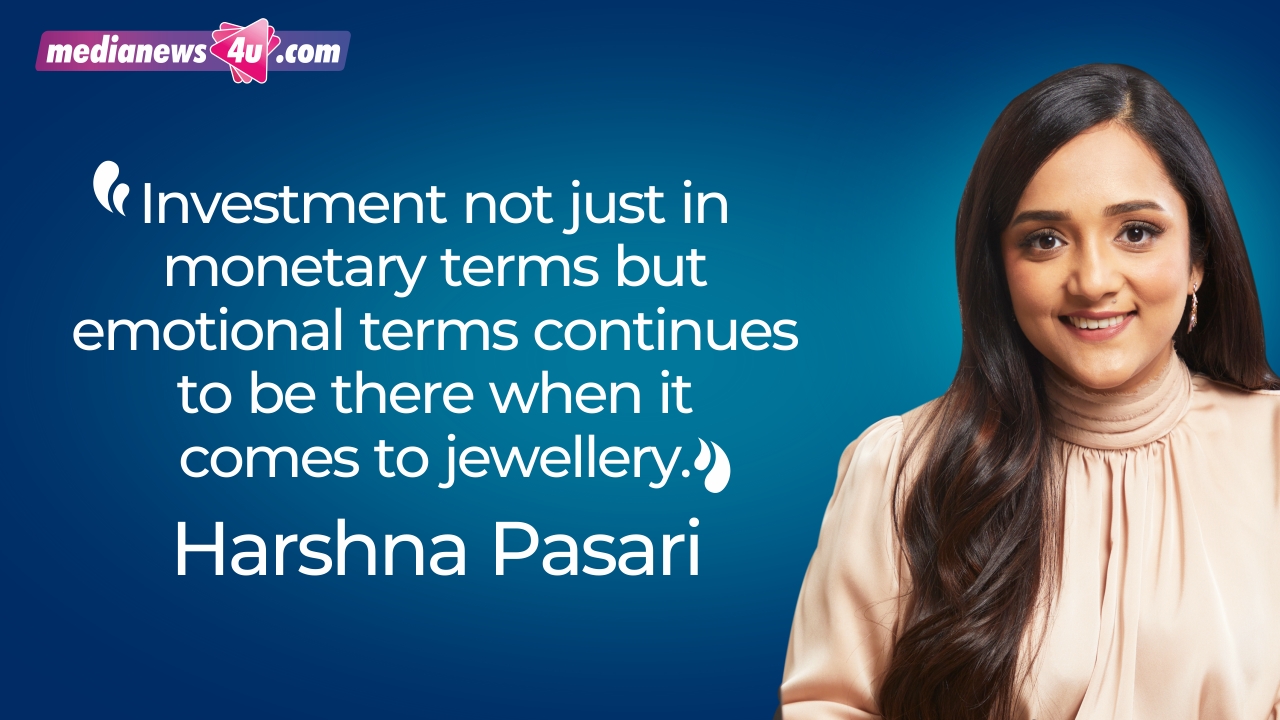
(First published by The Free Press Journal BrandSutra. Content powered by MediaNews4u.com. Feedback: [email protected])
Feedback: [email protected]

